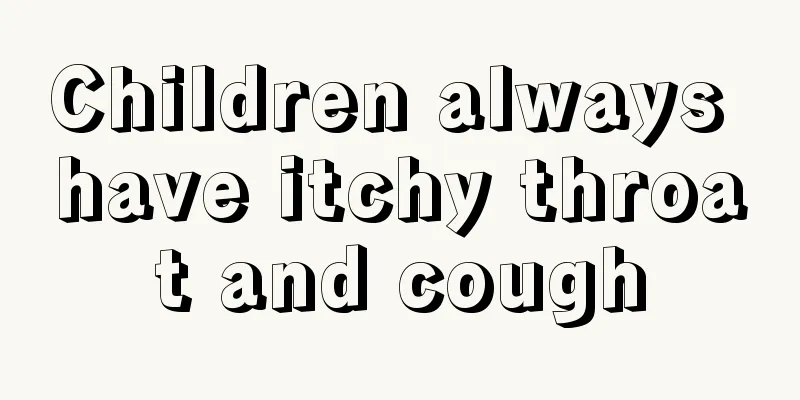What causes knee pain in children?

|
The knee joint, which is composed of bones such as the medial condyle of the femur and the medial and lateral condyles of the tibia, is the largest and most complex joint in the human body, and it is also the most prone to injury. Major diseases of the knee joint generally occur in people who do heavy physical work and violent jumping. Ordinary people may occasionally feel pain in the knee joint. Today's content is about knee pain in children. Let's take a look. Growing pains refer to pain around the knee joint or the front of the calf in children between the ages of 3 and 12 or 13 without any history of trauma. There is no redness, swelling or tenderness in the local tissues, and the movement is normal. The pain usually occurs around dusk. Excessive exercise and fatigue can aggravate the symptoms. The pain will relieve on its own after rest and disappear in the next morning. The reason for growing pains is that children grow very fast in height during this period, and can grow 7-8 cm each year. Because bones grow rapidly, while the surrounding nerves, tendons, and muscles grow relatively slowly, pulling pain will occur. Second, when young children begin to learn to walk, the tibia of their lower legs is more bent. In order to offset the misalignment of the lower support force line caused by the inward curvature of the tibia, the human body will compensate by developing a certain degree of knee valgus. As children grow up, most of them will gradually correct these two temporary deformities, tibial inward curvature and knee valgus, by relying on the strength of their leg muscles without causing any pain. However, in a small number of children, tibial inward curvature and knee valgus are not corrected in time. In order to maintain the stability of the joints, the leg muscles must always be kept tense, resulting in pain. Third, children are very active during the day, and their muscles are prone to fatigue and pain over time. School-age children are innocent and tireless, and a lot of activity will inevitably lead to the accumulation of acidic metabolic products such as lactic acid, which will also cause muscle soreness. It is undeniable that some children will suffer from calcium deficiency during this period, but calcium supplementation is not very helpful in relieving growing pains. Through today's content, we learned that children's knee pain is what we usually call growing pains, but first we must rule out the possibility that it is not trauma. Growing pains are not a big problem. It is just the discomfort caused by rapid bone growth. Parents don’t have to worry too much, but they should also pay attention to their children’s attention and exercise, and try to drink less carbonated drinks to avoid calcium loss. |
<<: How to treat cerebral palsy in children through surgery?
>>: What should I do if my child has white spots on his throat?
Recommend
What is the cause of constipation in a five-month-old baby?
Today I’m going to talk to you about why a five-m...
What should I do if my baby’s urinary area is itchy?
Urinating is a natural physiological reaction of ...
The dangers of children eating their lips
Children don’t understand anything, and if the pe...
Concept classification of jaundice
In general, newborn babies will develop jaundice ...
Baby's cough after oral herpes
If a child develops cough after getting oral herp...
What should you pay attention to when a five-year-old child is changing teeth?
Children will start to change their teeth after r...
The child wakes up with a lot of eye mucus
Young parents will find that their baby has a lot...
What to do if your child's penis is itchy
Since many of the baby's organs are not fully...
Reasons why babies don't sleep
In fact, we still need to pay more attention to s...
What should I do if my child has a cold, fever and vomiting?
It is normal for children to have a fever, especi...
What to do if your six-month-old baby has repeated fever
The baby's health is something that every par...
What are some ways for children to enhance their immunity?
As we all know, children's resistance is defi...
What should children pay attention to in their diet when their eyesight is declining?
In the eyes of many parents, the problem of decre...
What to do if your child has nasal mucus in his nose
The nose is the external part of our respiratory ...
Children's fingers move slightly while sleeping
Children are usually quite quiet when they sleep,...









